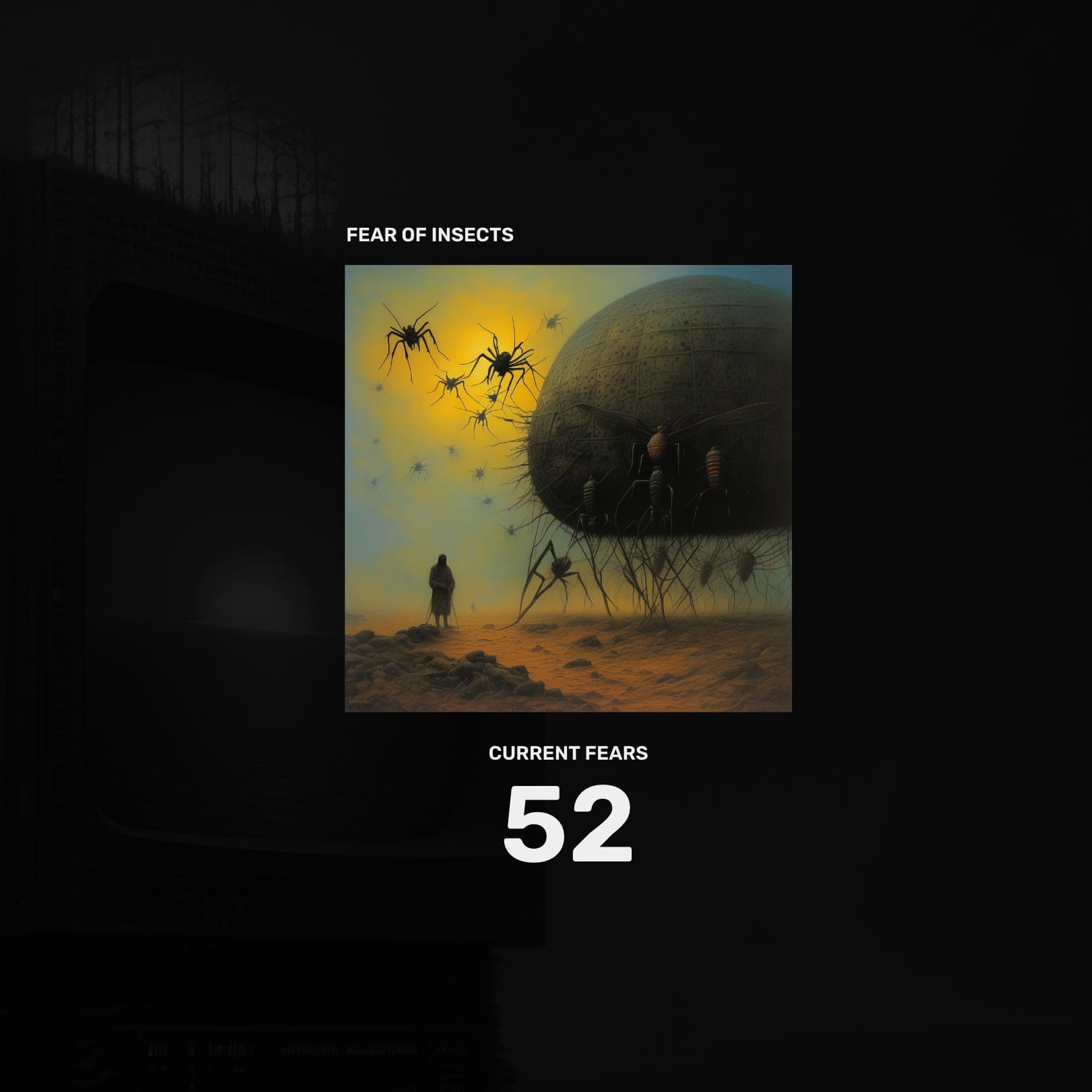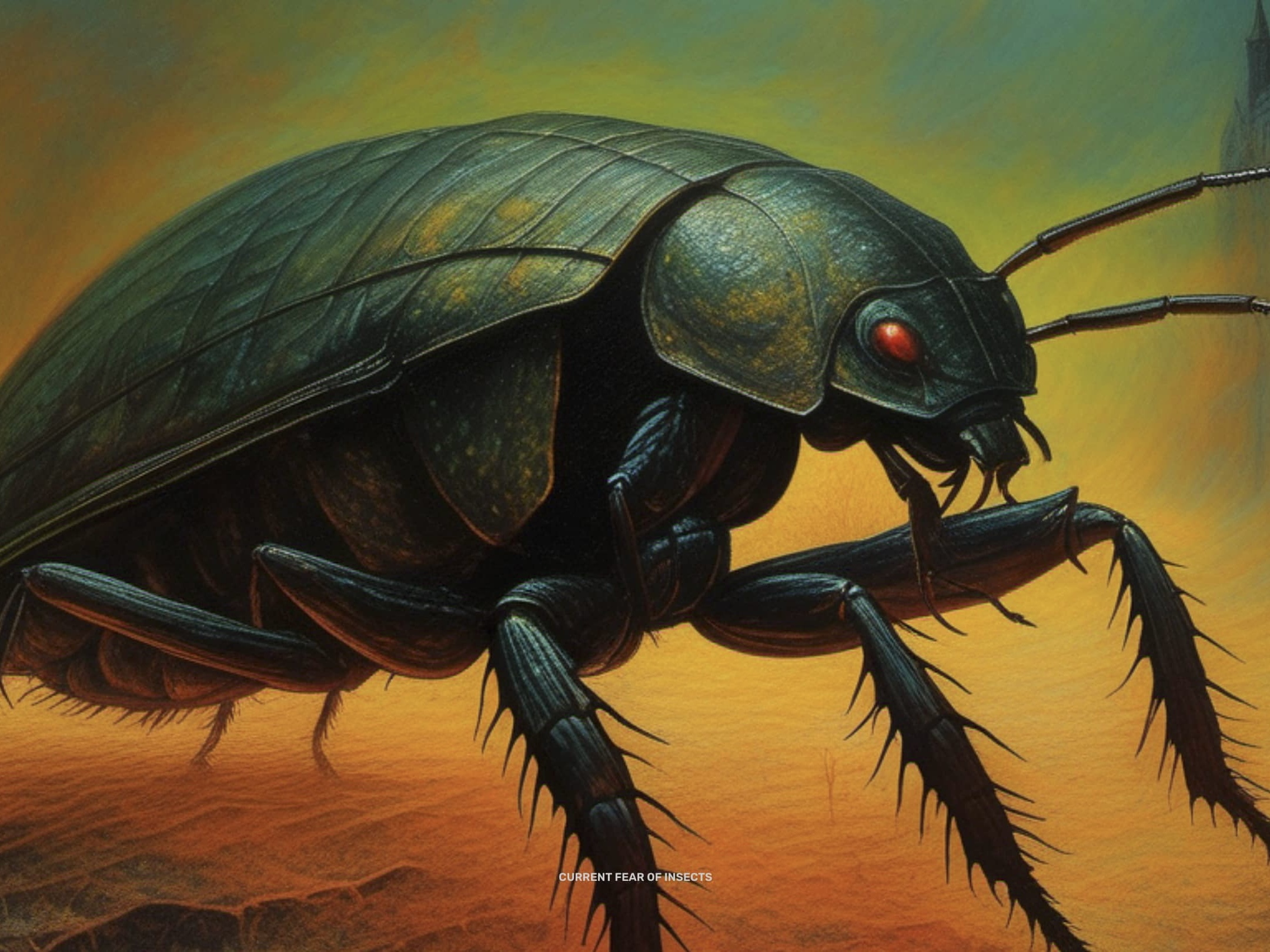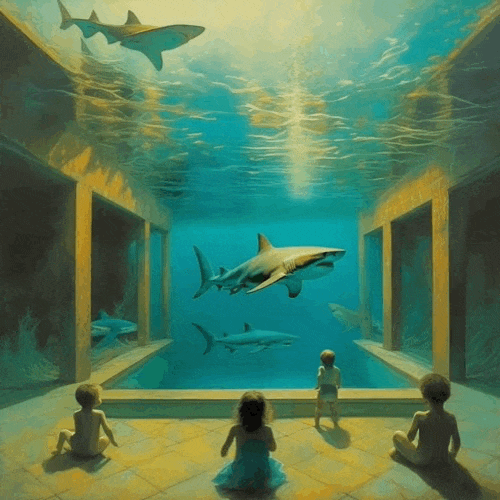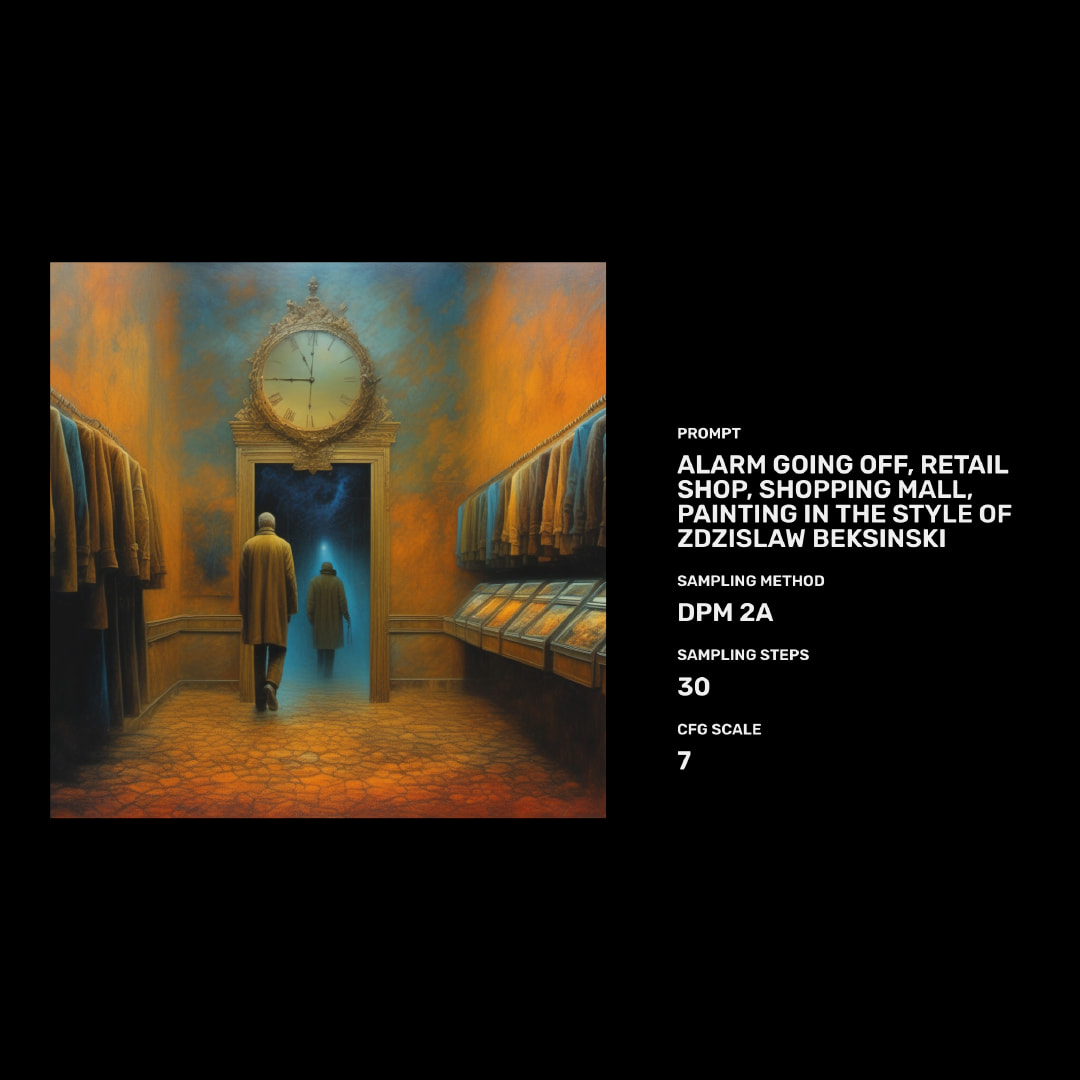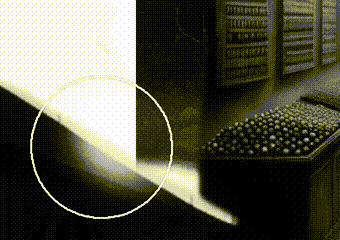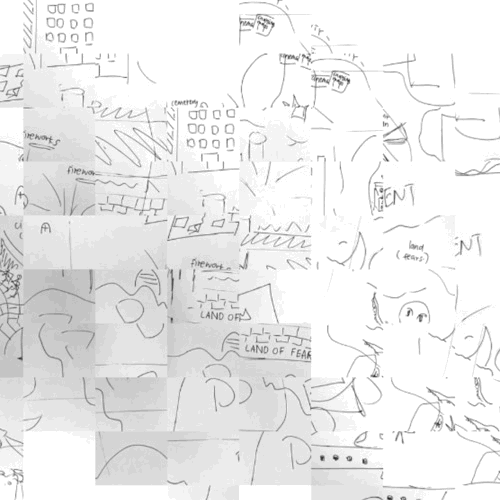Findings
We created a depository of fears, an archive of sorts, of our childhood and current fears. This pool of fears allowed us to uncover keywords needed to retell the story, which served as text prompts to reimagine the 94 fears on Stable Diffusion. This data-filled image collection can be viewed here
A total of 236 images were generated from the text prompts. Text prompts are essentially text inputs containing keywords that are recognised by AI, which then generates unique visuals.
Irrational fears originated from our childhood and then exaggerated into something unreal - some fears are still present in our adulthood, while also new fears are rising up daily as we face the reality of the world. We thought retelling the experiences to Stable Diffusion would create an interesting perspective.
Insights we gained
This project was a personal endeavor aimed at fostering a deeper understanding among us. Consequently, we decided to delve into the realm of fears, seeking a shared experience that would encourage vulnerability and honesty about the things that continue to evoke fear within us.
We had a total of 92 fears. 42 from our childhood and 52 currently.
These fears came about by looking deep within ourselves, and sharing what makes us vulnerable.
By conversing with AI and among ourselves, we discovered that some of the fears are not as big as we make it out to be. This experience produced an ultrawide collective landscape of fears where our shared experiences come together in a surreal manner.
Design decisions
For the aesthetics, we referenced Zdzisław Beksiński for his nightmarish landscapes. Bekinski works feature barren lands, sad faces, deforming skins, dismembered bodies towering above the viewer - it has a sense of dread that we feel really encapsulates the visual of the phobias we have in the project.
It is said that his paintings capture the unsettling underside of human consciousness, which is also where our fears originate.
The trading card's template was also generated by AI, staying true to the nature of this project. The generated results were then photoshopped to contain name and description boxes for our fears.
Although the final output were not cards, this art direction carried over to our final output - they both have a gruesome, almost body-horror feel to them. This aesthetic produced an uneasy atmosphere which was what we wanted.
Challenges
The execution of the artefact proved to be challenging as the intial plan was to do 3D lenticular trading cards, gamifying this whole project to encourage conversation. This method was chosen for its ability to exaggerate the generated visuals, enhancing the effect of irrationality.
However, sourcing from local and overseas manufacturers didn't bring about much luck. It was nearly impossible due to the high costs of production, deeming this method unfeasible as a student project.
One interesting obstacle we faced was the image generation process on Stable Diffusion. Despite receiving stunning visuals, found out that it is quite a challenge to have AI generate something completely true to our keywords. This produced a series of unexpected outcomes that although were far from expected, it still served as an interesting output.
To overcome the challenges, we narroed down the keywords to descriptive words and verbs to have Stable Diffusion capture the act of the fear. Meanwhile, we continued experimenting on producing an artefact within the scales of our budget and time.
It ain't as big as you think it is, and with age
come even more realistic fears.

Feedback
We experimented with the trading card's size and print treatment, taking Gideon's feedback into account. This is resulted in idea of the 3D lenticular cards, which we could not execute unfortunately due to budget constraints.
A back up output for this project was an Instagram filter whereby the cards will be tracked to a
participant's face, randomising the cards to stop at a random fear. This was to retain the interactivity
of the trading card concept but in a digital manner.
The feedback we received was that this do the artworks no justice as players are not able to see them in
its full beauty.
This brought us to our final outcome. We have been thinking of creating an original collage but have
been stuck with this execution of it.
With help from Gideon,we brainstormed a map-style collage that contains a narrative and various landmarks to make it a believable map.
With this final feedback, we arrived at the idea of making a panoramic collage merging all our generated images into one big map. This was made possible with Photoshop where we blended groups of our fears together based on its geographical and storytelling potential, resulting in the Collective Landscape of Fears where the viewers can traverse and uncover our experiences.
Achievements
Overall, we are satisfied with the final outcome with the limited amount of time and resources. Besides the final outcome, the skills we learnt in this project were invaluable in this digital era.
Although none of us had experience with Gen AI and Meta Spark Studio, the draft Instagram filter was made possible with the tutorials we watched together, creating our very own face-tracking card randomising filter.
The process was long and while the filter was not chosen as our final outcome, we thought it was a very fun experience together as a group.
Other achievements include how we overcame many technical challenges despite the time constraints. The time and budget constraints led to the abandonment of the 3D lenticular card, thus resulting in a digital output.
The final output showcased our 94 generated fears in a stunning and unique format making this entire project worthwhile and none of our efforts go to waste.

